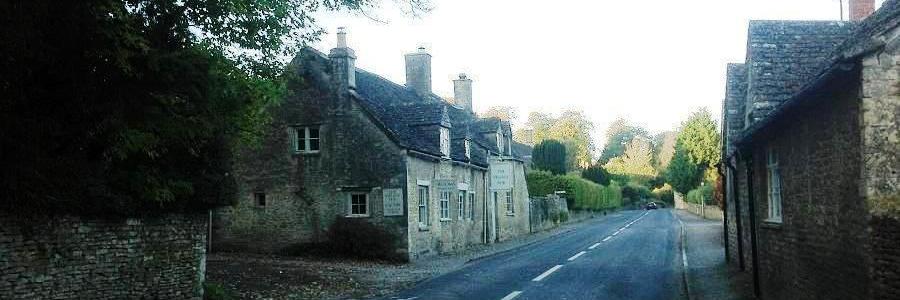The History of Barnsley Village
The ancient history of the village of Barnsley begins with an Iron Age settlement in Barnsley Park. When the Romans invaded, these inhabitants worked for the owner of the Roman villa built (in A.D. 360) on the same site. After the departure of the Romans and the capture of Cirencester by the Saxons (in 577 ) a Saxon village grew up on the site of the present village. Its name then was ‘Bearmodeslea’ – that is, Bearmod’s glade.
By Domesday, the village had 24 inhabitants; in 1197 it had become known as Barndesley. Three hundred years later it was royal property - Henry VIII gave it to each of his wives in turn - after which it passed to the Bourchier family, who held it for 200 years. Its inhabitants still earned their living through agriculture, increasingly, though, through the sheep that made the Cotswolds the centre of the wool trade.
In 1667 the head of the family, Brereton Bourchier, built Barnsley House, Church Cottage and a new farmhouse (now the older part of Church farm); the population of 100-odd now included a few tradesmen; and there was an inn.
To house the rising population, which peaked at 318 in 1821, new cottages were built along the Cirencester-Bibury road between 1810-1820. Six of the 200 who lived in the village in the early 1900s lost their lives in the 1914-18 war. Today we are 162 – but only a few of us work on the land.
History kindly written by Anne De Courcy



Connect with us